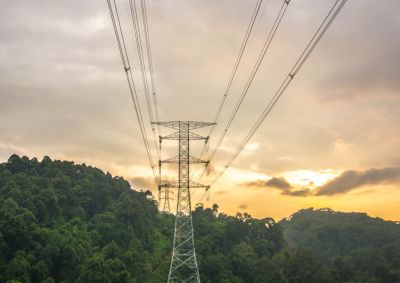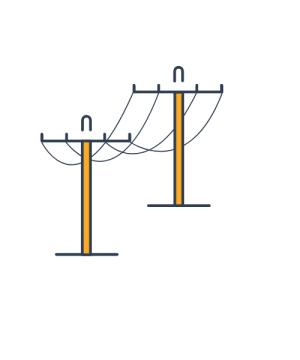Following the publication of the final report for a RIT, if there has been any material change in circumstances (MCC), the RIT proponent must notify the AER in writing of the MCC.
The National Electricity Rules sets this out in clause 5.16 for RIT-Ts and 5.17 for RIT-Ds.
Specifically, the RIT proponent must set out the nature of the MCC, including why the initial preferred option identified by the conclusions report may no longer be the preferred option.
The RIT proponent must also set out any actions the RIT proponent proposes to take and the timeframes for those actions, which may include reapplying the RIT to the project.
Based on this information, the AER will make a determination whether to approve or reject the actions (and associated timeframes) notified by the RIT proponent.
Following its analysis, the AER will specify the actions (if any) it requires the RIT proponent to take, including whether the RIT needs to be reapplied in whole or in part.
The general process for a MCC is as follows:












